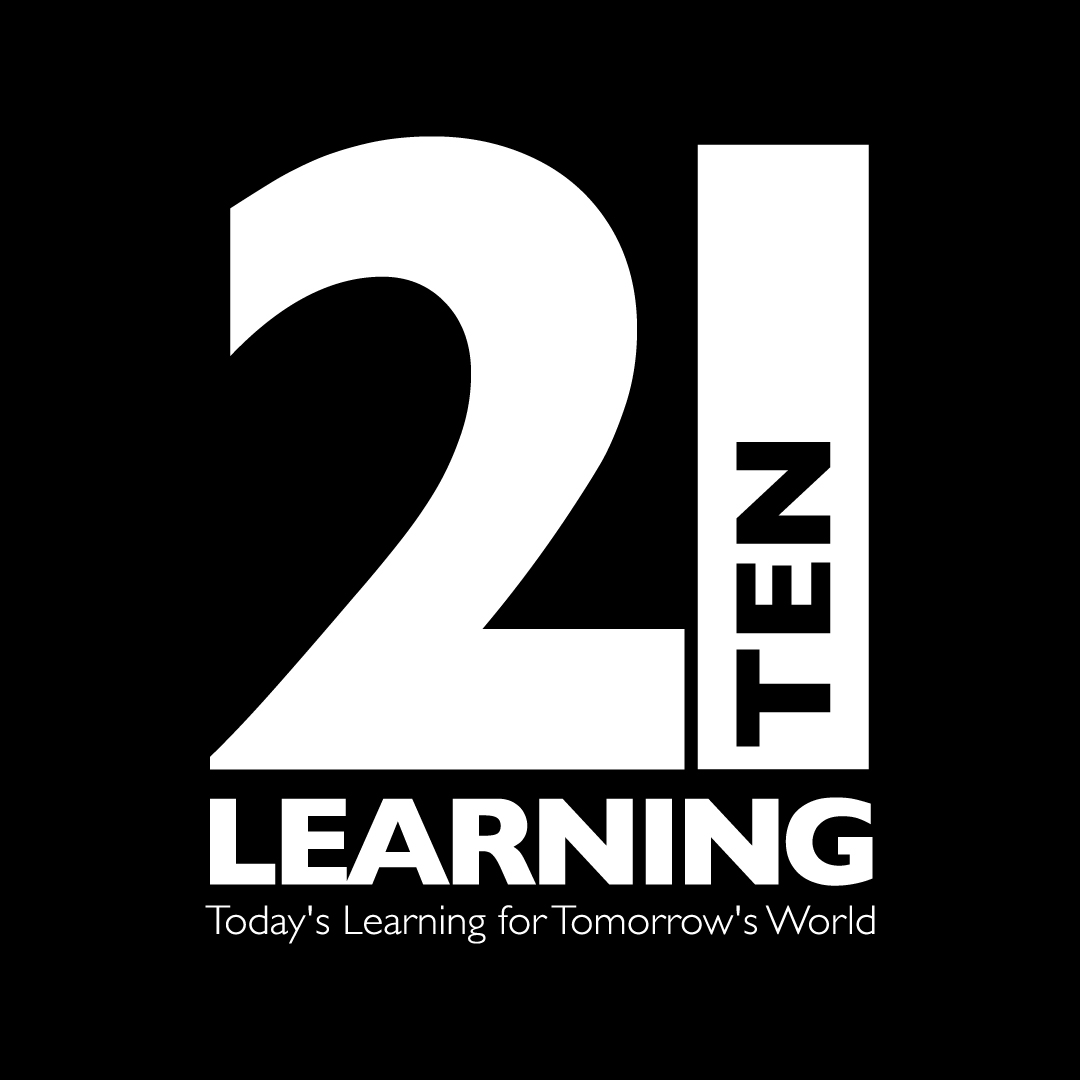The word ‘innovation’ is being used a lot these days in education as we discuss ‘flipping the classroom’ and enter this transforming digital agenda. Such vagueness is the ideal seeding ground for development fads, and indeed, innovation is fast becoming the latest ‘fuzz-word’. Everything is being labelled ‘innovation’: as one blogger memorably put it, we seem to be suffering from Innovation Tourette’s.
Most senior leaders in established organizations have never formally learned how to lead and manage an organization that innovates systematically. When you have been successful playing one game by one set of rules it is understandably difficult to play a new game with a different set of rules, especially if no one explained the new rules.
Training programs are implemented without modifying organizational practices such as HR or Finance. To close the knowledge gap, leaders must understand the principles of innovative thinking and how to lead innovative individuals and teams. Managers must know how to lead innovative teams, and individuals must know how to apply innovative thinking. Most leaders believe that innovative thinking is a talent and that the secret to success is simply hiring creative people. The reality is that anyone can learn innovative thinking and how to lead or manage innovative teams.
Research has revealed seven major characteristics of a culture of innovation that leaders need to enable:
1. Everyone understands the organizational direction.
2. Innovation is a priority.
3. Executive team models innovative thinking and innovative practices.
4. Open and honest communication and trusting relationships.
5. Effective cross-functional teams that encourage diverse viewpoints.
6. Leaders who engage in risk-taking focused on delivering value.
7. Balance innovative thinking with the discipline to implement solutions.
This is because it works with the leaders, employees, and teams who are the main source of innovation. People are the main source for innovation not the technology, technology supports and enables those innovations. It might be worth reflecting on the following questions;
o Is the capability to lead innovation part of the criteria for recruiting or promoting leaders? o Are individuals recruited, developed, and promoted based on their ability to succeed in a team-based environment of innovation?
o Is innovation included in the performance metrics for employees and teams?
IT has two main roles in innovation. First, it needs to support the teams that are developing innovations. Its second role is more proactive. Technology has become an enabler of innovative ideas, but it is also often the starting point for innovative products or services. Here are some questions leaders should pay attention to:
o Is the IT department fully contributing to cross-functional innovation projects?
o Is the IT department supporting the implementation of test or pilot innovative ideas effectively?
o Is the IT department systematically bringing new technology ideas that can serve as the starting points for innovative ideas?
Finance
o Does the budget development process encourage innovative thinking?
o Does the organization allocate specific funding for future innovation projects?
o Is the budget flexible enough to move funds from non-performing projects to innovation projects? There are six guiding principles to follow when developing an innovation plan. These principles ensure that the plan is solid, sustainable, and will achieve the objectives: o Focus on clear business objectives
o Engage the whole executive team o Top-down but open to bottom-up input
o Include clear boundaries o Resource and enforce the plan
o Include metrics to track progress.
One of the main reasons they do not achieve their goal is that they fail to develop a formal plan. If senior leaders want better information technology or more productive marketing, they ask for a plan. And because most organizations are good at creating and implementing plans, they usually achieve their goals. However, even if innovation is a priority, leaders are more likely to make a few speeches and ask their employees to have more ideas. They rarely develop a specific innovation plan that is budgeted, resourced, and implemented. So in the developing school transformation agenda it is not just the classrooms which need to be flipped, it is the roles and people, infact isn’t it time to flip everything.






Leave a Comment
You must be logged in to post a comment.